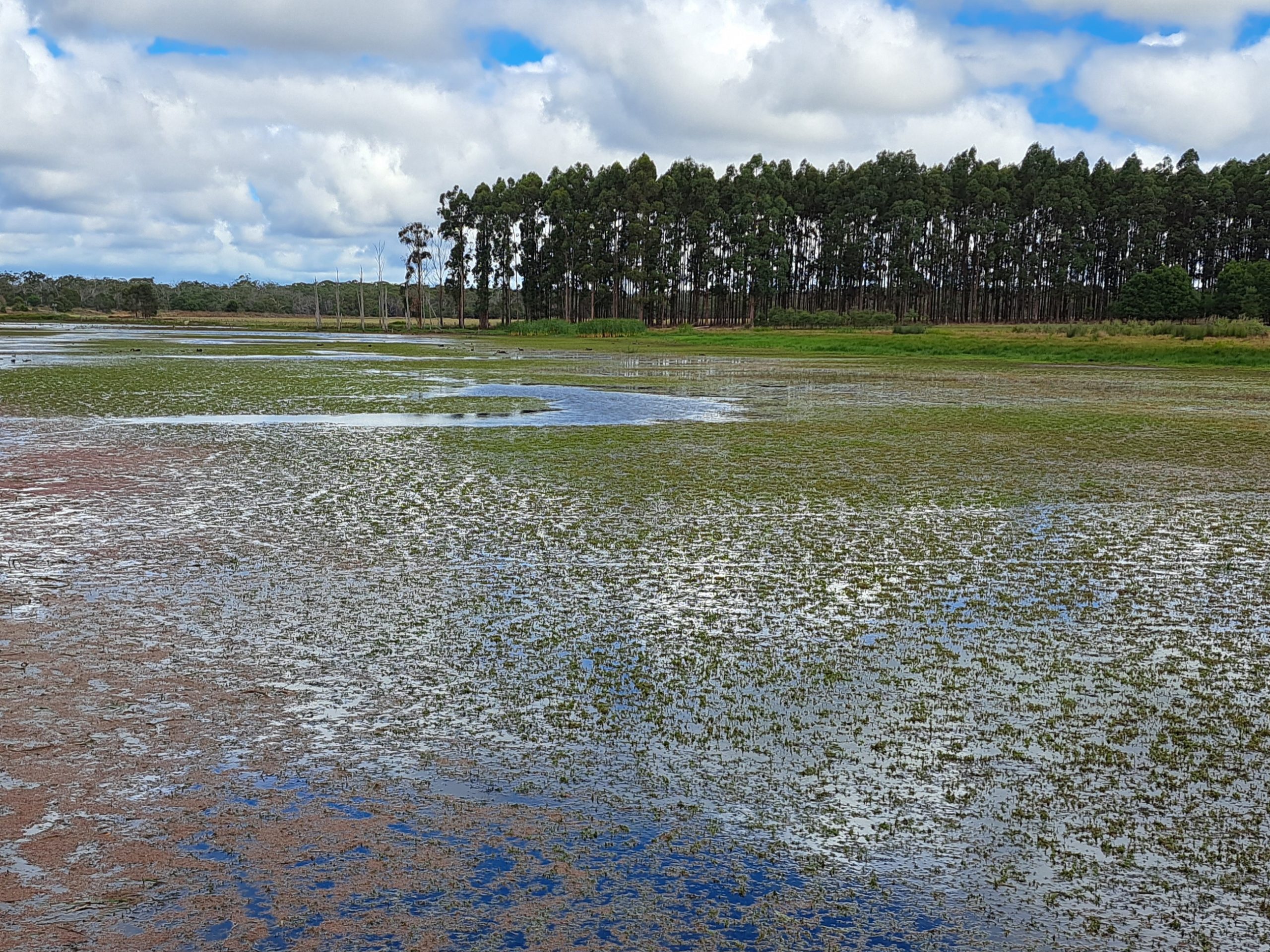Photostory
In Autumn, wasps came to drink at the Ragged Garden birdbath. They flew to the edge of the bath, leaned in till their feelers nearly touched the surface, then dipped their tiny mouths in the water.
Wikipedia has a captivating entry on wasps. It says, ‘A wasp is any insect of the narrow-waisted suborder Apocrita of the order Hymenoptera which is neither a bee nor an ant ’. The wasp’s segmented body gave rise to the term ‘wasp-waisted’ for the cinched dresses seen in the nineteenth and early twentieth century.
The smallest flying insects in the world are wasps of the family Mymaridae, the fairy wasps. The Kikiki huna from Hawaii has a body length of only 158 micrometres; another is Tinkerbella nana from Costa Rica at 150 micrometres. The name nana refers to the Greek word for dwarf, as well as the dog in Peter Pan. The slender wings of the fairy wasps have long bristles at the end giving them a feathery appearance, but fairyflies are so small that humans rarely see them.
The wasps that came to my birdbath were European wasps, of the family Vespidae. They were first noticed in Tasmania in 1959 and spread to every state of Australia by the 1970s. They are eusocial, the highest level of social organisation, as are ants and bees. That is, they exhibit cooperative brood care (including the care of offspring other than their own) they have many generations within a colony, and a division of labour into reproductive and non-reproductive groups.
Wiki calls eusocial colonies ‘superorganisms’. The wasps I saw at the birdbath were drones: male wasps ready to mate with the new queens. A single queen would have begun a nest last Spring and it has taken till March/April this year for the colony to house the maximum number of workers, and finally hundreds of drones and queens. In Australia, where the weather is warmer than Europe, the nests can survive winter and go into their next summer fully formed to grow into mega-nests.
European wasps are regarded as pest in Australia, as they can severely diminish the smaller native bees who pollinate crops. They are attracted to the sweet secretions of scale insects, aphids and plants and love to eat overripe fruit, often lying inside these foods to surprise unsuspecting humans. The sting of a wasp is painful and can be inflicted multiple times. But insect populations are declining by as much as 60% in some countries and wasps are essential pest controllers and pollinators.
Like the writer of the Wikipedia entry, you can be a lover of wasps if you consider their beautiful black and gold bodies, their complex lives and the crucial way they interact with plants and other insects. Fossils indicate that Apocrita appeared in the Jurassic period and diversified into many extant superfamilies. Wasps have been around for a very long time . . . . .
For more about them see: Stinging Wasps are Precious Why You Should Plant a Wasp Friendly Garden








Leave A Comment